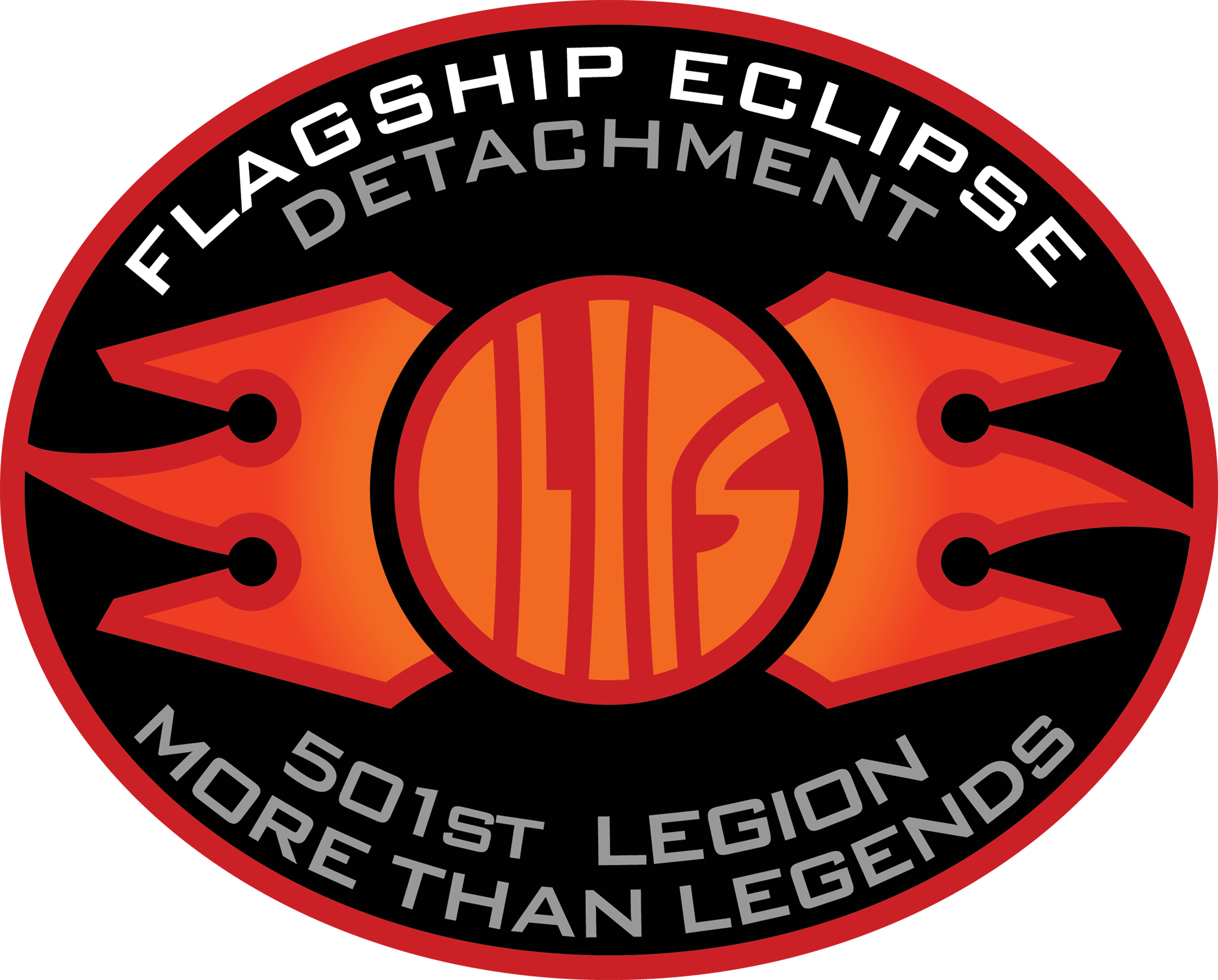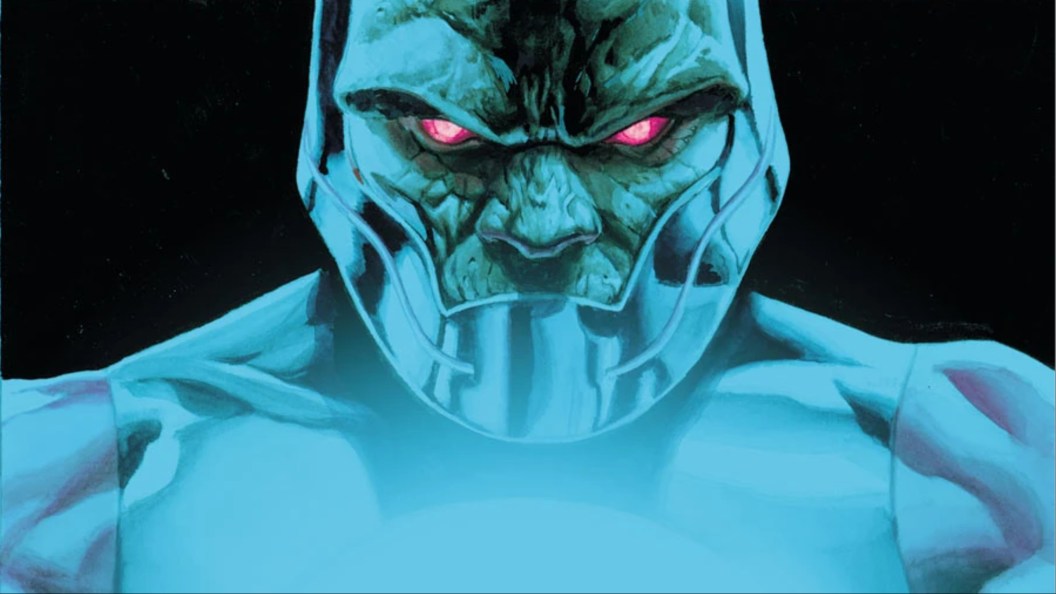
Grant Morrison stopped writing for the Big Two in 2021, instead writing a novel (the fabulous Luda) and working on their Substack, talking about their past work and pushing the boundaries of what a comic can be. Morrison has returned to comics in the interim — contributing stories to DC Pride 2023 and Image’s Ice Cream Man — and has announced their return to the Big Two with an upcoming Batman project. This is big news, because Morrison is one of the industry’s most beloved writers. Right now, Morrison and Frank Quitely’s All-Star Superman is getting a lot of attention because DC Studios co-head James Gunn has been quite frank about using its vibe and ideas as inspiration for Superman, and it has become the best known Morrison work for newer fans. However, there’s way more to Grant Morrison than that one book.
Grant Morrison has basically wrote every kind of comic story imaginable and has one of the coolest back catalog in the entire comic industry. Morrison has written some brilliant comics, stories that will not only entertain, but inspire. All-Star Superman is amazing, but these seven Morrison comics are on par with it.
The Filth
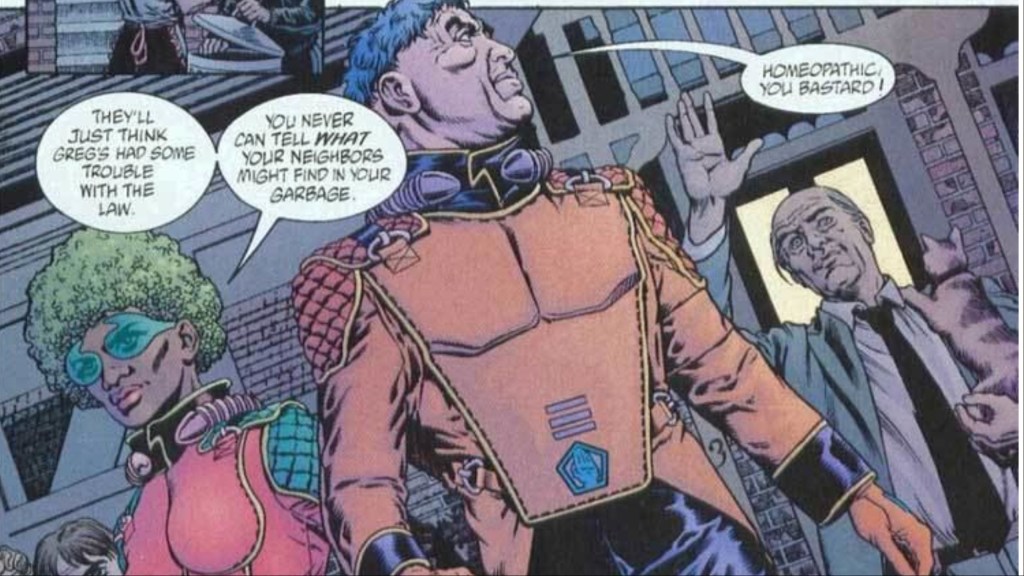
Throughout the ’90s, Morrison bought into the end of the millennium optimism that was all the rage at the time. However, the 21st century proved to be a much worse place than any of us imagined, and that led to The Filth, with artist Chris Weston. The Filth is basically the dark corollary to The Invisibles. Where the The Invisibles followed a group of freedom fighters trying to save the world from the dark forces that control it, The Filth is a book that concentrate on those dark forces. The Filth follows Greg Feeley, a British man with his own peculiarities, as he learns that he is secretly a member of the Hand, a group that exists to enforce Status Q. It’s Morrison at their most insane, giving readers big concepts and mixing them with the type of profanity, sex, and violence that a book called The Filth should have. Weston’s art is the cherry on top of the whole thing, taking Morrison’s concepts and bringing them to life in exquisitely detailed pages. The Filth is a work of dark complexity, and shows the depth of Morrison’s imagination.
The Multiversity
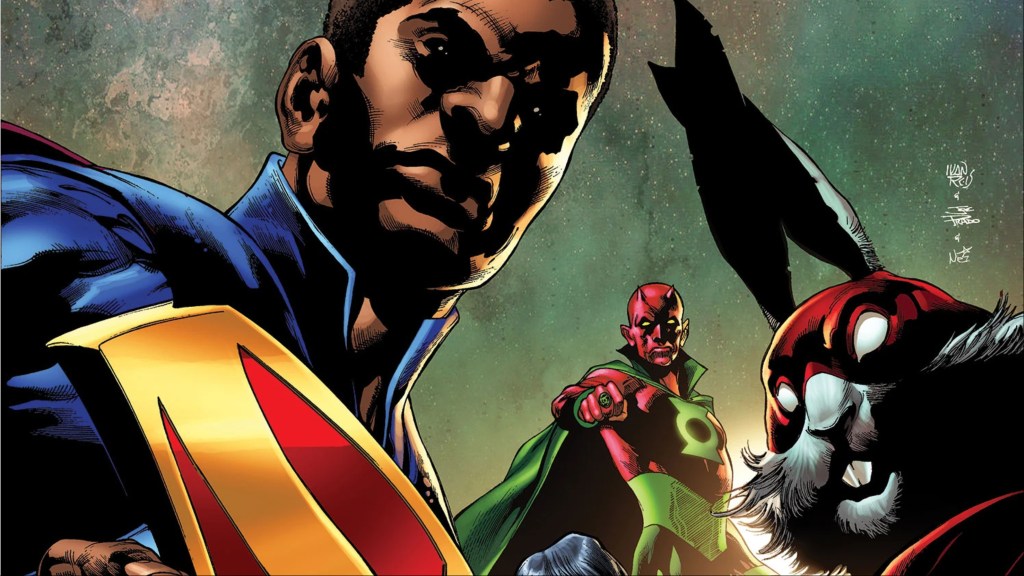
Morrison grew up with Silver Age DC, and loves the DC Multiverse. After their mindblowing epic event Final Crisis — we’ll get to that later — Morrison started teasing The Multiversity, a guidebook to the new DC Multiverse. It wouldn’t be until 2014 that the book would drop, but the wait was definitely worth it. The Multiversity is a two issue miniseries with seven one shots, each one showcasing a different Earth. Each one is amazing — with Pax Americana, Thunderworld Adventures, and Ultra Comics standing above the rest — giving readers glimpses of worlds unlike anything they had seen before. However, what makes The Multiversity so special is what it says about comics themselves. Morrison believes in the reality of fiction — that because we create it and interact with it, it’s just as real as anything else — and The Multiversity is full of this idea. Comics are used throughout the story to show the passage of ideas between universes, and Pax Americana and Ultra Comics both trade heavily on the way the reader interacts with comics to tell their story. The Multiversity is a brilliant high stakes superhero romp, but it’s also a love letter to comics and their ability to change the reader and the world around them.
Doom Patrol
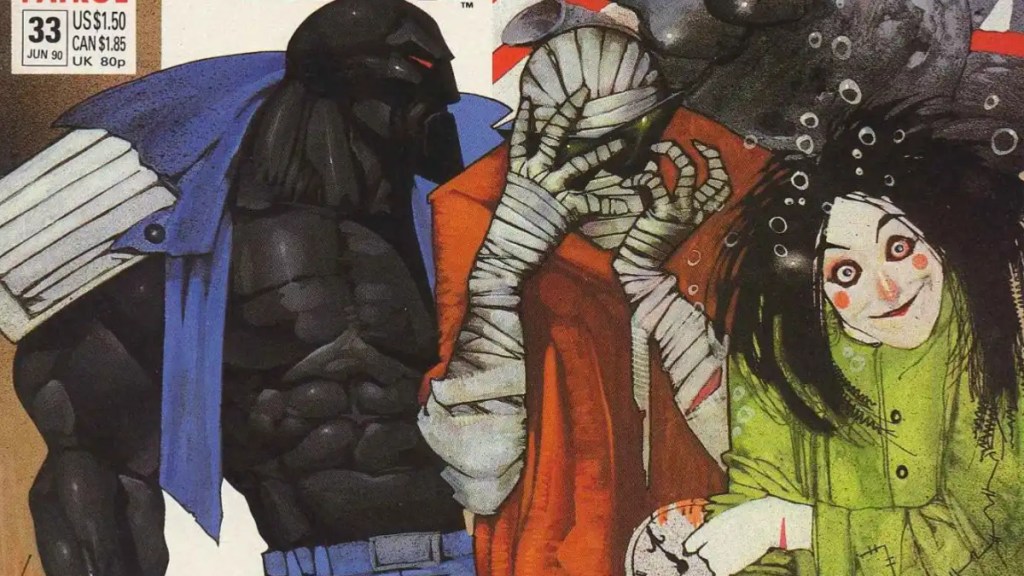
Grant Morrison has written some brilliant team books, starting off with their Doom Patrol run. Morrison wrote Doom Patrol from issue #19 to #63. Morrison looked back to the Silver Age origins of the Doom Patrol and found a common thread — trauma. Trauma is the key to Morrison’s Doom Patrol, showcasing how it affects the sufferer and the people around them, as well as the importance of growing past it. Morrison worked with artist Richard Case, as well as multiple guest artists, to create superhero action unlike anything anyone had ever seen, from the Bone City of Orqwith to Danny the Street to the Telephone Avatar. It’s superheroes at their most surreal, and that’s before we even talk about characters like Flex Mentallo or the Brotherhood of Dada. Morrison’s Doom Patrol went places that no one ever expected, and that’s a large part of its charm. There was no book like Doom Patrol when it was being published, and it’s still a work of unique brilliance, taking readers into a world where trauma changes everything, but as long as you have your friends with you, you never have to face it alone.
RELATED: I Think This Scrapped Plan for Superman Would Have Changed Comics Forever
JLA
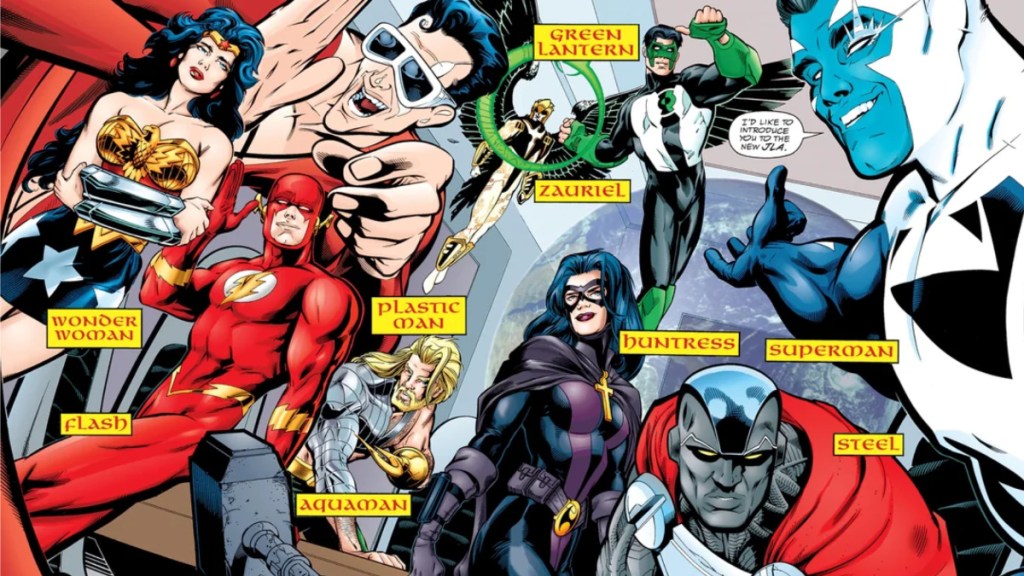
Morrison was given the keys to the kingdom in 1996 when DC tapped the writer to pen JLA along with artist Howard Porter. Morrison’s JLA was basically the perfect Justice League, bringing together DC’s A-list as the League for the first time in post-Crisis DC. Morrison and Porter gave readers exciting widescreen superhero action, ramping up the threats — from White Martians to classic League villains with a new coat of paint to rogue angels, Darkseid, and a weapon created to devour entire universes. However, spectacle was only part of the formula; Morrison brought the characters to life, using who the characters were to inform the stories they told. It was a perfect superhero comic. While Porter wasn’t the only artist on the book, he drew most of Morrison’s issues, and his work was wonderful. Porter was able to bring to life the grandeur that Morrison brought to the League, taking Morrison’s ideas, and making them reality. You haven’t lived until you saw electric blue Superman wrestle an angel of the Atom kill Darkseid with the help of Green Arrow. JLA showed what superhero books were truly capable of, giving readers what is possibly the best Justice League run of all time.
Animal Man
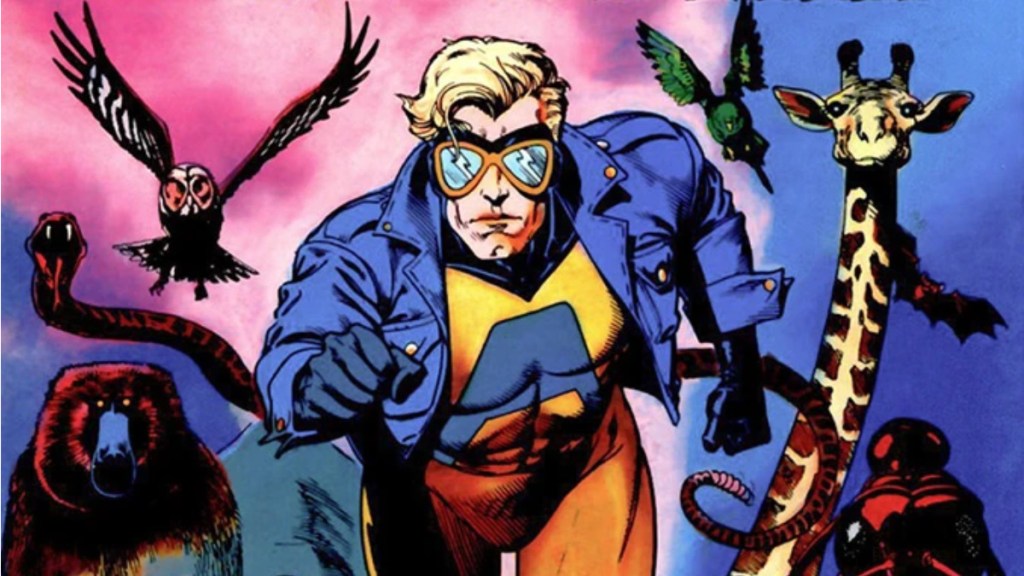
Animal Man, with artists Chaz Troug and Tom Grummett, was basically the Helen of Troy of Morrison’s career — the book that launched every one of their later other works, like Helen’s face launched a thousand ships. Animal Man was Morrison’s first DC work, way back in 1988, taking a D-list Silver Age DC character who had last been seen in Crisis on Infinite Earths and redefining him for the next generation. The book started out as a miniseries, pitting Animal Man against B’Wana Beast, all while pointing out the horrors of animal testing. The first four issues were so successful that it was expanded to an ongoing and readers got “The Coyote Gospel”, a story that would introduce the crux of Morrison’s Animal Man — the relationship between fiction and reality. Animal Man broke new ground when it was coming out, both for its political messages of animal preservation and environmentalism and for the huge ideas that Morrison was imbuing in every issue. Troug drew the majority of the issues, and his art is beautiful, taking the DC house style of the day and making it his own. Animal Man is also one of the best examples of a superhero with a family, with Animal Man’s wife Ellen and children Maxine and Cliff all feeling like fully fleshed out characters. Everyone knows about the last issue, where Animal Man meets Grant Morrison, but that’s just the tip of the iceberg when it comes to Animal Man. Morrison showed everything their work was capable of with Animal Man and it remains one of the greatest DC books of all time.
Final Crisis
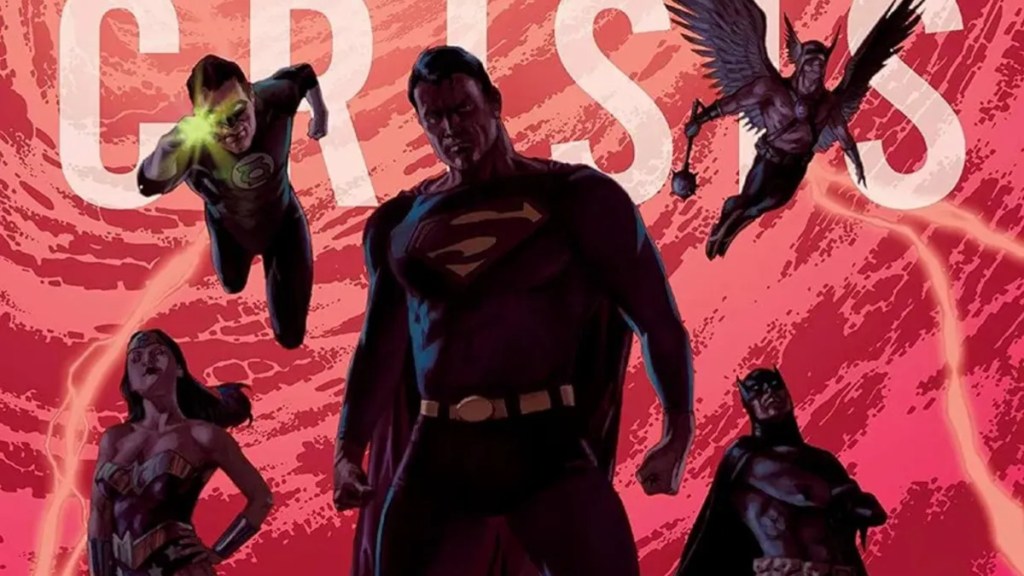
Final Crisis is a work of singular brilliance. Final Crisis, with artists J.G. Jones, Carlos Pacheco, and Doug Mahnke, is a summation of nearly every idea that Morrison brought forth in their career, creating an event comic unlike anything else out there. Final Crisis revolves around Darkseid gaining the Anti-Life Equation in a last ditch effort to destroy the Multiverse after the death of his latest body. Of course, there’s much more to it than that, as Darkseid and his elites unfurl a plan that they had been working on behind the scenes on Earth for months, with the heroes of the Earth scrambling to save the day. Final Crisis is one of the few event comics that can match Crisis on Infinite Earths for spectacle, all while telling the ultimate story of good vs. evil. Final Crisis is the greatest battle in the history of the Multiverse, a story that could be seen as the final superhero story. It’s a very difficult work, with multiple layers that take multiple readings to truly understand, and it’s just as rewarding as it is complicated. Final Crisis is the perfect last word on why the DC Multiverse is such an amazing place, something that could only come from a talent on the level of Grant Morrison.
The Invisibles
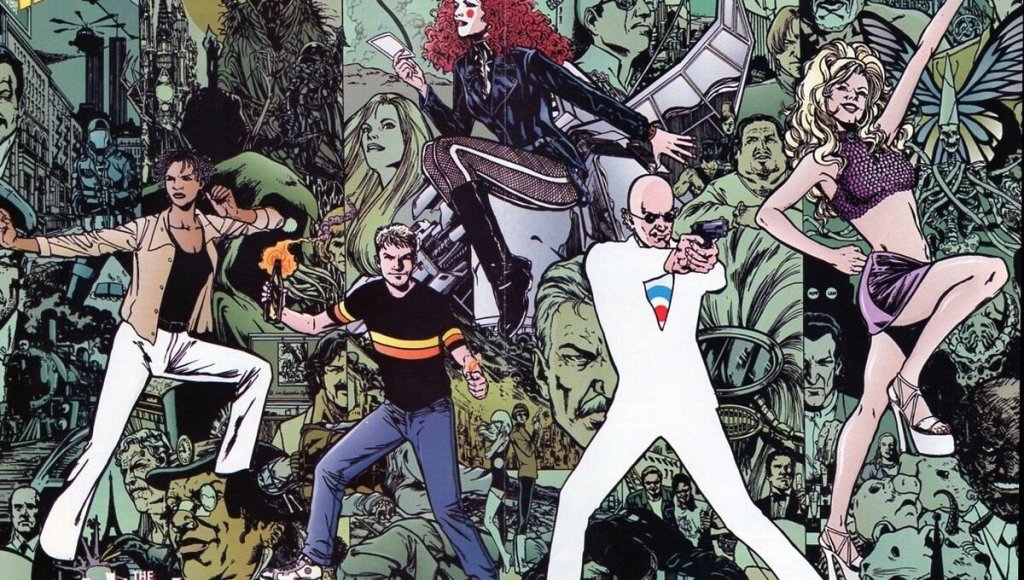
The Invisibles is Morrison’s most ambitious project, a creator-owned series from the ’90s that went to places no one could have foreseen. The Invisibles tells the story of the war between the Invisibles, ontological freedom fighters and terrorists striking against the corrupted order of the day, and the Outer Church, Lovecraftian horrors from a diseased universe of terrible order that secretly control the world. The Invisibles is both an intensely personal work for Morrison — who based two of the main characters, the assassin King Mob and the trans bruja Lord Fanny, on themself — and also a snapshot of society at the end of the 20th century. The Invisibles is a comic that feels like the ’90s, a work that takes the threads of ’90s pop culture — utopianism, conspiracy theories, changing technological and societal mores, drugs, dance music, fashion, violence, sex, and everything in between — to tell a story that’s basically a magic spell in and of itself. The Invisibles has a feel to it that’s impossible to explain yet still there, one that sticks with the reader long after they put the book down. Morrison worked with some brilliant artists on the series — Jill Thompson, Chris Weston, Steve Yeowell, and Phil Jimenez drew the majority of the series with issues from frequent Morrison collaborators like Phillip Bond and Frank Quitely — giving the book a visual identity unlike anything else out there. The Invisibles is something special, taking everything that Morrison does well and putting it on the page.
The post These Are Grant Morrison’s Best Comics (That Aren’t All-Star Superman) appeared first on ComicBook.com.
